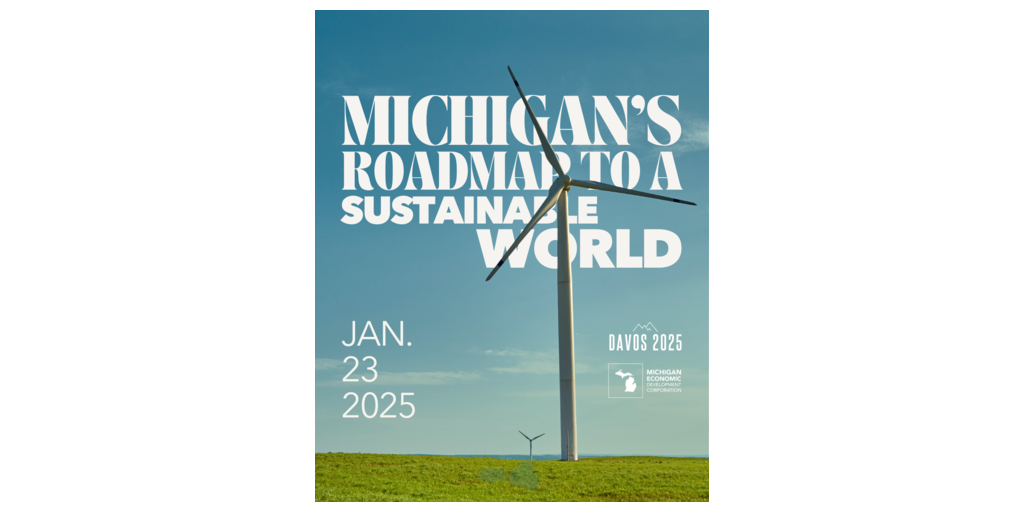Sign up for daily news updates from CleanTechnica on email. Or follow us on Google News!
Automotive stakeholders have been turning their attention to the advantages of owning an electric vehicle in case of a grid outage or other emergency, and the new LDK+ concept minivan from Sharp demonstrates yet another take on the subject with a home-away-from-home shelter model. The minivan model also provides the opportunity to ask the burning question: Which would you rather have on hand when disaster strikes, a Sharp LDK+ or a Tesla Cybertruck?
The Electric Vehicle Solution For Disaster Response, Grid Support Edition
That’s a trick question, partly because it depends on the kind of disaster. If the problem is limited to a local power outage, then any electric vehicle equipped with Vehicle-to-X capability can function as a gigantic, rolling energy storage unit. When the grid goes down, an EV battery can power home appliances for a reasonable period of time.
An electric vehicle also enables homeowners with rooftop solar panels to bring their clean kilowatts over to a neighbor’s house in case of need, lending a nice layer of civic engagement to EV ownership.
Ford has already taken note of the connection between disaster response, civic engagement, rooftop solar panels and EV batteries in marketing its F-150 Lightening electric pickup truck. Back in 2021 the automaker teased a connection with the leading solar installer SunRun, and that relationship is beginning to bear fruit.
Aside from weathering local grid outages, electric vehicle owners can also modify their battery charging times and contribute stored kilowatts back to the grid. This virtual power plant model enables a local utility to meet demand spikes and avoid disruptions without resorting to expensive new infrastructure, helping to support lower rates for the whole community.
The Disaster Response Difference
For other kinds of disasters, the specific characteristics of different electric vehicles come into play. For my money, I’d like to have a huge, honking, high-riding electric pickup truck at my disposal if the disaster involves a manageable degree of street flooding or a challenging off-road experience. On the other hand, a minivan and other low-riding vehicles can offer the benefits of a roomier interior space for sheltering.
That brings us to the new LDK+ concept electric vehicle from Sharp, unveiled at the company’s Tech-Day’24 Innovation Showcase earlier this month. Somewhat ironically, the exterior styling of the vehicle vaguely resembles a Tesla Cybertruck that was stretched upwards, rounded off at the corners, fitted into boxier shape, and provided with more windows.
Leaving that aside for now, Sharp is not particularly marketing the LDK+ for disaster response. It’s more of a convenience vehicle for busy, working families on the go. However, the LDK+ sports a number of features that would be very useful if you had to leave home suddenly or were separated from other members of your family, starting with reversible mid-row seating that opens up a generous swath of living space behind the driver’s row.
The LDK+ is also equipped with solar panels and a complementary battery, taking advantage of the more expansive rooftop area of the van silhouette. If the EV battery is deployed to power home appliances as well as the van’s systems, an AI-enabled V2X system optimizes the balance between the two demands.
In addition, the interior climate control and lighting system automatically adjusts to suit the occupant’s preferences, based on data from the home. The side windows sport liquid crystal “shutters” that can be closed for privacy, and the rear wall doubles as a generously sized audio-visual display. “The large screen allows seamless communication with family members at home, providing a safe and convenient space as if they were in the next room,” Sharp explains.
More Electric Vehicles For Disaster Response, Earthquake Edition
As an emergency shelter, the home-away-from-home electric vehicle model is also a good fit for pet owners under evacuation orders, depending on the size of the pet.
Another iteration of a disaster response approach to electric vehicle design crossed the CleanTechnica radar in November of 2023, when the Japanese firm HW Electro brought its new “Puzzle” van to New York City for a showcase event.
In contrast to the LDK+, the Puzzle is being marketed specifically as a commercial electric vehicle with disaster response features, with the aim of appealing to fleet managers and other potential customers who value the community benefit angle.
That includes USB and AC ports on an exterior panel powered by a rooftop solar array. In case of emergency, the panel can be accessed by the general public to recharge their phones and other devices, and connect to Wi-Fi, without disturbing the driver. The exterior panel also includes a first aid kit, enabling members of the public to get supplies regardless of whether the driver is available or not.
As another touch specific to the earthquake-prone Japanese market, a full sized crowbar is part of the Puzzle’s standard equipment. That may seem like a somewhat modest gesture, but crowbars enable the general public to begin rescue work immediately instead of waiting for specialized rubble-clearing equipment to arrive.
An Electric Vehicle For Driver Emergencies, Too
HW Electro is facing some pretty stiff competition in the electric van market, so the Puzzle is also loaded with additional features that address a major challenge in the delivery van space, that being a shortage of drivers. Concurrently, the cohort of available drivers is older and more prone to health risks, particularly in Japan as well as in other regions.
To address those twin issues, last year HW Electro announced that it is working on a health monitor in the form of a bracelet that communicates signs of incapacity or distress with the vehicle. If all goes according to plan, the Puzzle will go into autopilot and pull itself safely to the nearest curb when needed. It will also automatically call up local emergency responders and inform any personal contact of the driver’s choosing.
Rounding out the driver comfort angle is an enormous front windshield for improved visibility, and a simplified control panel to reduce the risk of fumbling around the dashboard. If extra devices are needed, the driver can add them to a sort of pegboard on the passenger’s side.
Electric vehicle stakeholders that have not been thinking about disaster response should probably start working that angle sooner rather than later as the list of climate-related crises grows, most recently in the form of mass evacuations in Florida ahead of Hurricane Helene.
As for the question of which electric vehicle you’d rather have on hand in case of disaster, both pickup trucks and vans have their pluses and minuses, depending on the situation. If you have any thoughts about that, drop us a note in the comment thread.
Follow me via LinkTree, or @tinamcasey on Threads, LinkedIn, and Instagram.
Image (screenshot): Sharp has just unveiled a new electric vehicle concept that recasts the humble minivan as a home-away-from-home for busy families and evacuees, too (courtesy of Sharp via YouTube).

Have a tip for CleanTechnica? Want to advertise? Want to suggest a guest for our CleanTech Talk podcast? Contact us here.
Latest CleanTechnica.TV Videos
CleanTechnica uses affiliate links. See our policy here.
CleanTechnica’s Comment Policy





